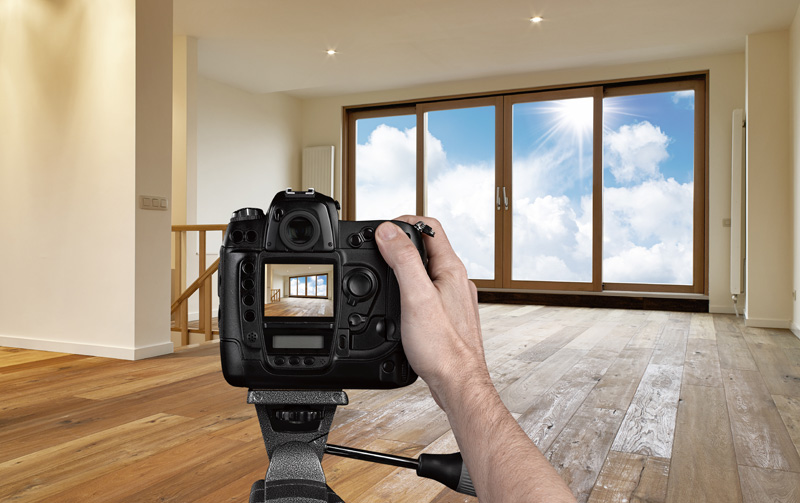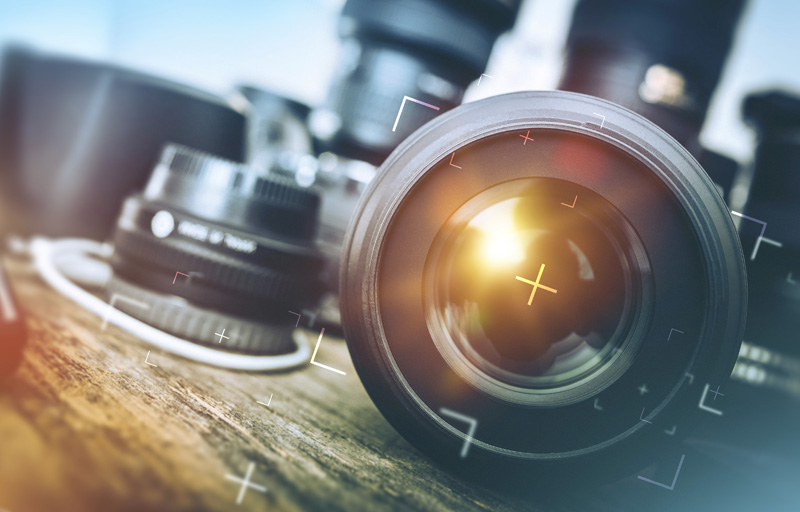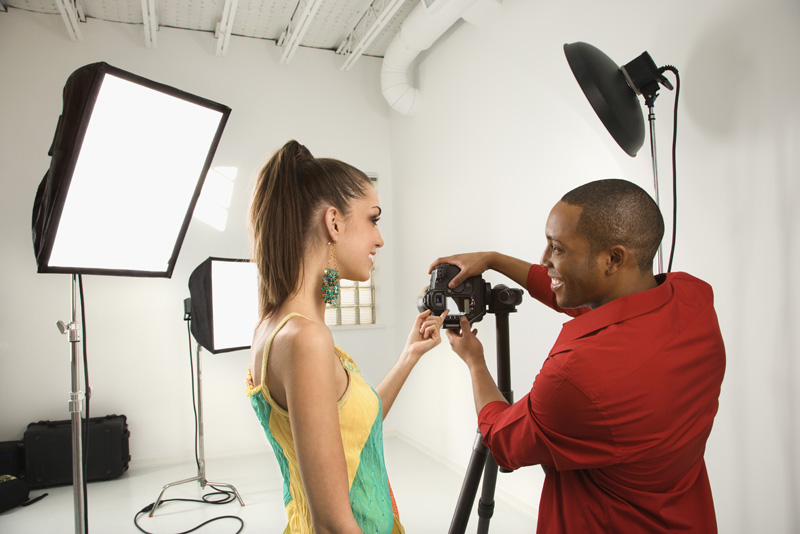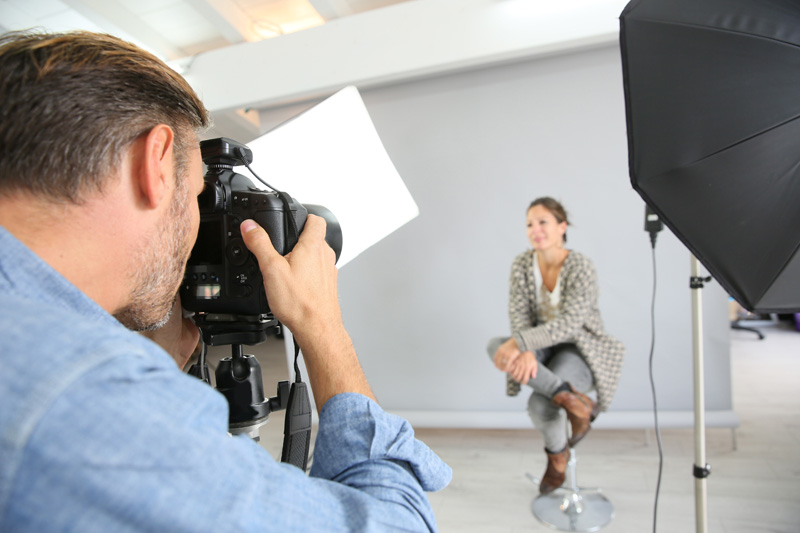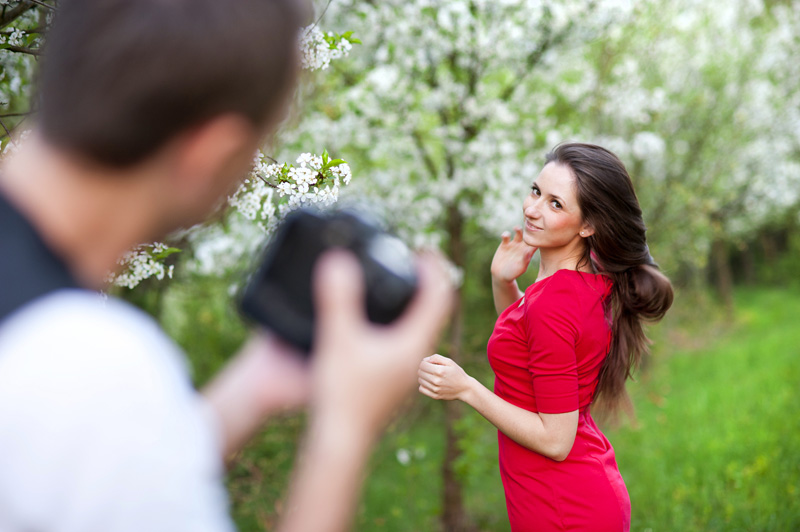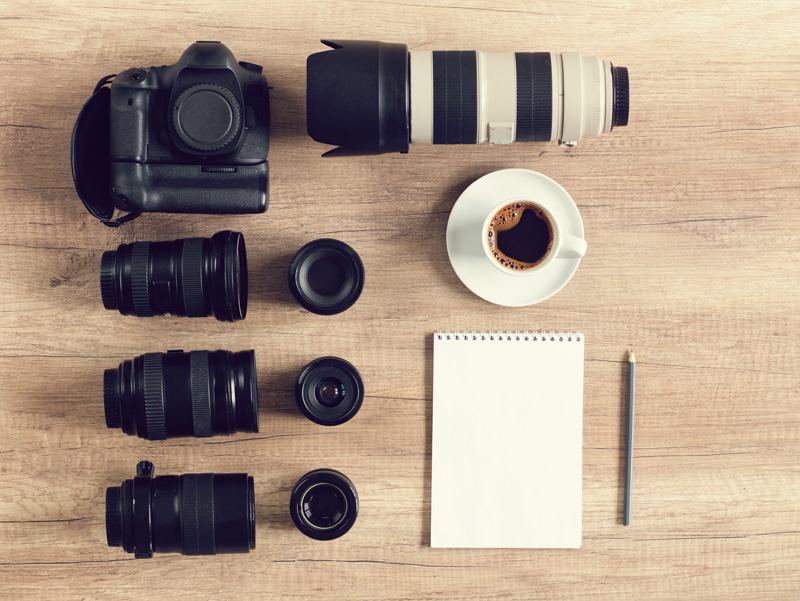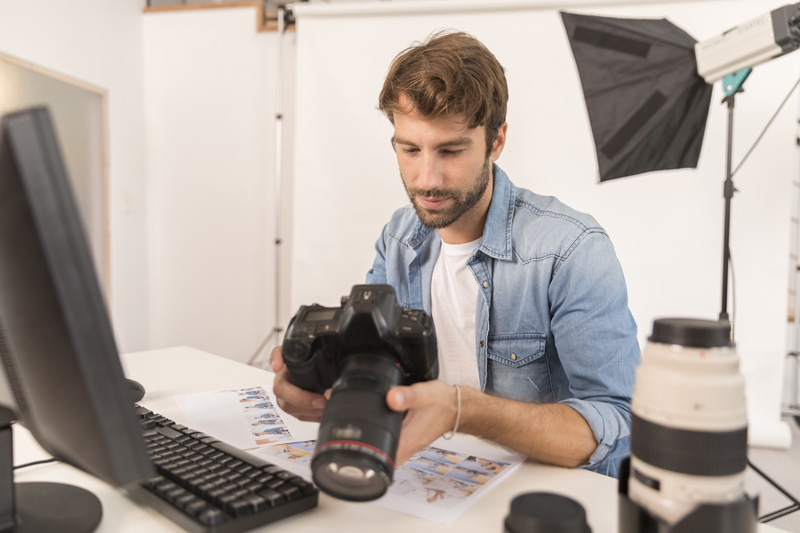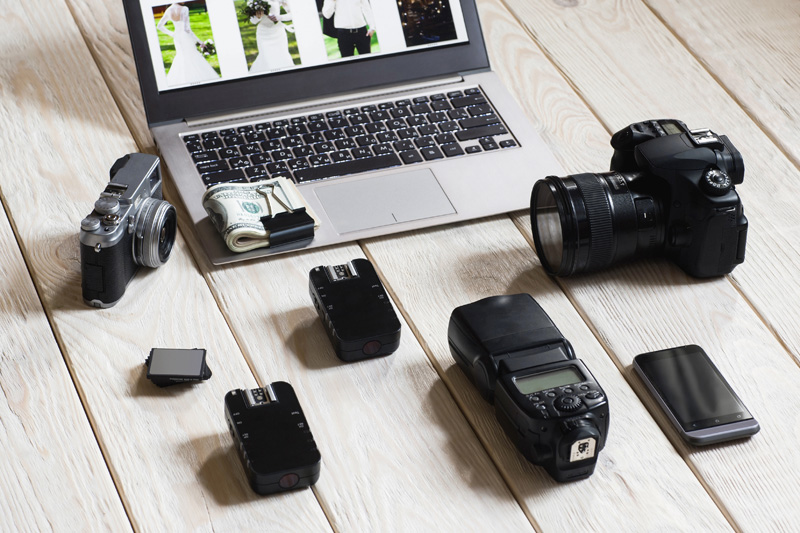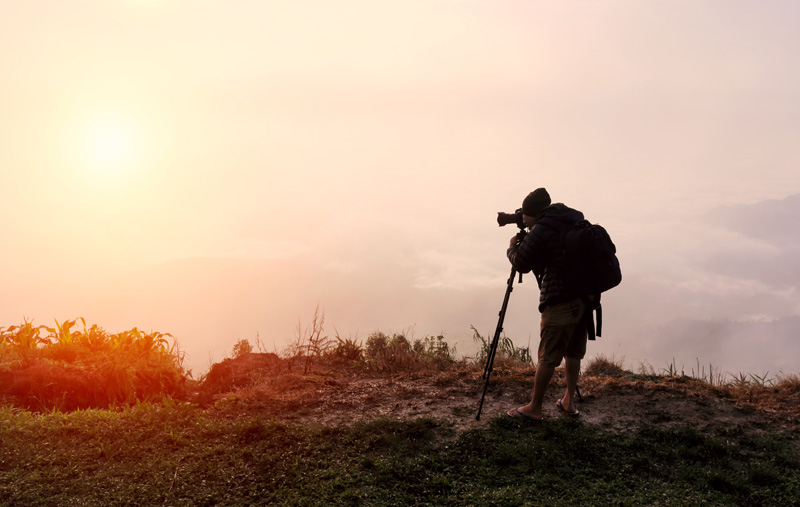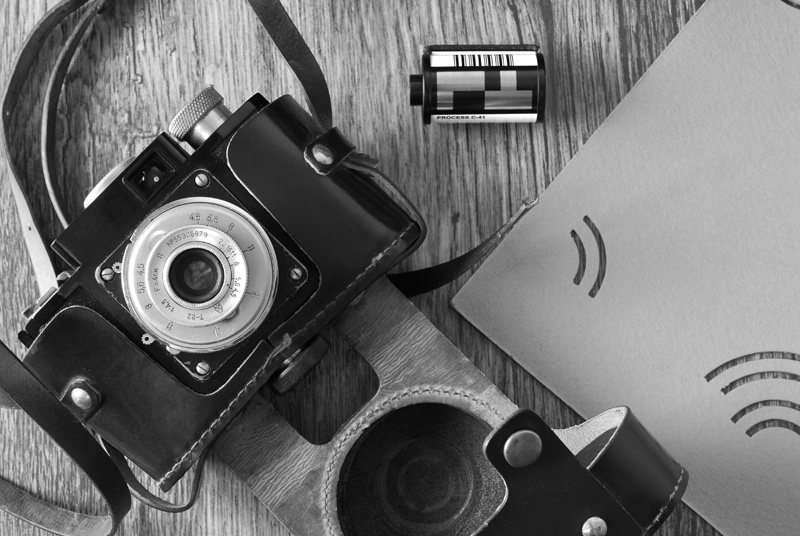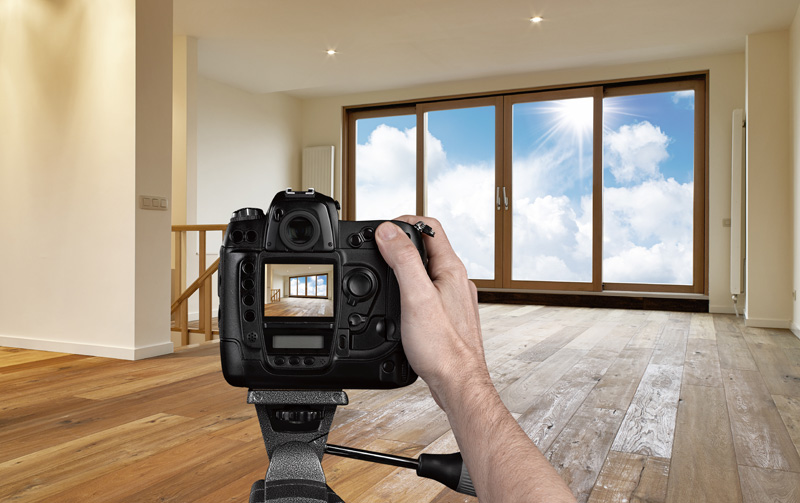If you have done some research on how to sell your home fast and without stress, then you have probably come across this tip: Take great photos of your property and if possible, hire a professional photographer. The reason is simple. We are moved by what we see. Take purchases you make online for instance. The pictures you see are the first representation of the item you want to buy. As such, the pictures have to appeal to you mostly before you go through with the purchase, and a poorly taken photograph misrepresents the item which has a huge influence on your decision to buy or not to buy.
The case is the same when buying a home, except that it is a bigger purchase. This means that when you are looking to sell your home, you have to get the best photographs that will be enough to strike an interest in prospective buyers who are likely to first see the picture of your home, before visiting the property. Given that images are important in this respect, how then do you ensure that you get the best photographs? Here are some tips that help:
Use the Right Equipment
Go to the website of any real estate agency, and the pictures you are likely to find when you visit their site look great. This largely depends on the type of equipment used. Usually, an SLR camera with a wide-angle lens and a tripod, which helps to keep the camera steady while shots are taken, are ideal for property photography. Since it is a digital camera, you can get great pictures and enhance them with the help of photo editing software. Shooting in high resolution also improves the quality of the images that you get. In addition, you may want to focus on catchy features of the property such as a fireplace, and so on.
Lighting is Everything
Getting the best photographs of your home takes some effort, but it is an investment that is worth it. You may want to engage the services of a professional property photographer, in which case, you can be sure of high quality and enhanced images captured using state-of-the-art equipment. On the other hand, if you decide to do it yourself, one thing you should be conscious about is the lighting. You may need to turn on all the house lights and even use lighting equipment to enhance your images. This also includes taking note of the time of the day as the way natural light hits your house at different times of the day or year, affects the exterior appearance of your home.
Get the Setting Right
You need to get the interior setting of your home right as well, to project a certain homely ambience that can be reflected in the photographs you are looking to take. You could get creative and add props to give a bit of character while taking away insignificant details. Take care to clean the rooms in the house with Kwik Sweep services of and focus on getting the right angle that can help you correctly represent your property, or take the help of Cleaners of London to clean your entire apartment.

